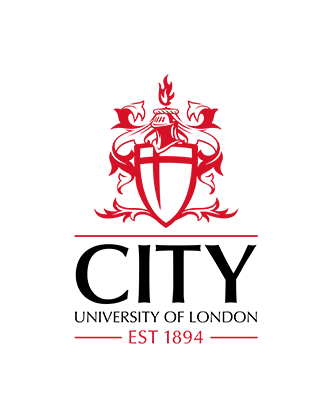A dynamic coupling strategy for wave-WEC farm interactions: Implications on regional wave climate and wave energy deployment
Wang, J., Ma, Q.  ORCID: 0000-0001-5579-6454, Yang, Z. , Zhang, Y., Yan, S.
ORCID: 0000-0001-5579-6454, Yang, Z. , Zhang, Y., Yan, S.  ORCID: 0000-0001-8968-6616, Zhu, S. & Li, Y. (2025).
A dynamic coupling strategy for wave-WEC farm interactions: Implications on regional wave climate and wave energy deployment.
Applied Energy, 399,
article number 126440.
doi: 10.1016/j.apenergy.2025.126440
ORCID: 0000-0001-8968-6616, Zhu, S. & Li, Y. (2025).
A dynamic coupling strategy for wave-WEC farm interactions: Implications on regional wave climate and wave energy deployment.
Applied Energy, 399,
article number 126440.
doi: 10.1016/j.apenergy.2025.126440
Abstract
Harnessing ocean wave energy through Wave Energy Converter (WEC) farms presents a promising pathway for ocean renewable deployment. Yet, accurately modelling the interactions between WEC arrays and the wave field remains a critical challenge, particularly in assessing energy extraction effects on wave climate and coastal processes. This study presents a novel coupling methodology for spectral wind wave models to accurately simulate the dynamic interactions between ocean waves and WEC farms, incorporating Power Take-Off (PTO) effects. The proposed approach enables high-fidelity modelling of wave energy attenuation induced by WEC arrays through two distinct yet complementary strategies: (1) a frequency-domain formulation based on capture width, and (2) a time-domain representation using device velocities and PTO forces/impedance. A robust numerical algorithm has been developed to implement these methods on unstructured triangular grids within the spectral Wind Wave Model III (WWMIII). After rigorous verifications across a variety of wave conditions, the model is applied to investigate the impacts of WEC farms on wave power resources in the waters off west Orkney, Scotland. The results reveal valuable insights into spatiotemporal variations in wave power and spectral characteristics. Specifically, the simulation results by adopting the time-domain approach revealed a 1.2 m localized reduction of significant height within the farm and a 0.1 m ∼ 0.2 m reduction at the mouth of the bay near Brough Head. The spectra exhibited a distinct peakedness due to the pronounced attenuation of super-harmonics. The present model offers a useful tool for assessing WEC farm performance as well as their environmental impacts. This work advances the field by providing an alternative approach to the family of existing models (e.g., SNL-SWAN) for PTO-integrated wave farm simulations while initiating new research on coupling phase-averaged spectral wave models with the state-of-the-art time-domain Wave Structure Interaction (WSI) models. By enabling a more realistic representation of PTO dynamics, the proposed framework supports improved forecasting of wave energy extraction efficiency and its effects on marine environments, contributing to sustainable ocean renewable deployment.
| Publication Type: | Article |
|---|---|
| Additional Information: | © 2025. This manuscript version is made available under the CC-BY-NC-ND 4.0 license https://creativecommons.org/licenses/by-nc-nd/4.0/ |
| Publisher Keywords: | Spectral wave model, Wave energy assessment |
| Subjects: | G Geography. Anthropology. Recreation > GE Environmental Sciences H Social Sciences > HD Industries. Land use. Labor T Technology > TC Hydraulic engineering. Ocean engineering T Technology > TK Electrical engineering. Electronics Nuclear engineering |
| Departments: | School of Science & Technology School of Science & Technology > Department of Engineering |
| SWORD Depositor: |
This document is not freely accessible until 23 July 2026 due to copyright restrictions.
Available under License Creative Commons Attribution Non-commercial No Derivatives.
To request a copy, please use the button below.
Request a copyExport
Downloads
Downloads per month over past year


 Metadata
Metadata Metadata
Metadata